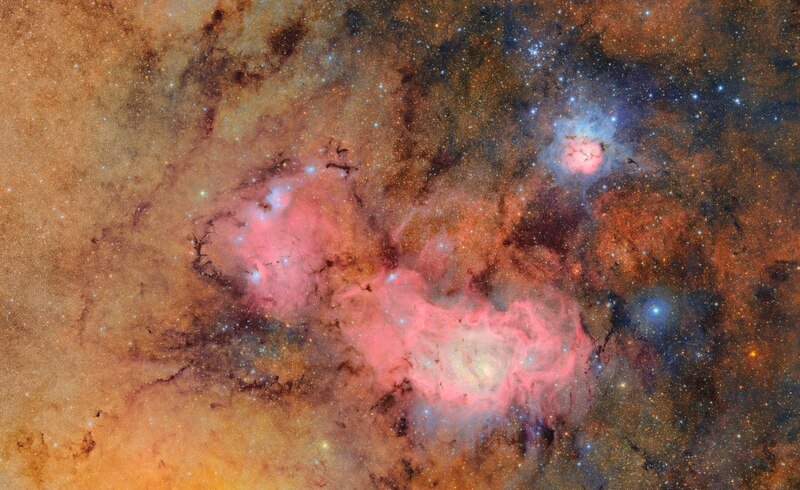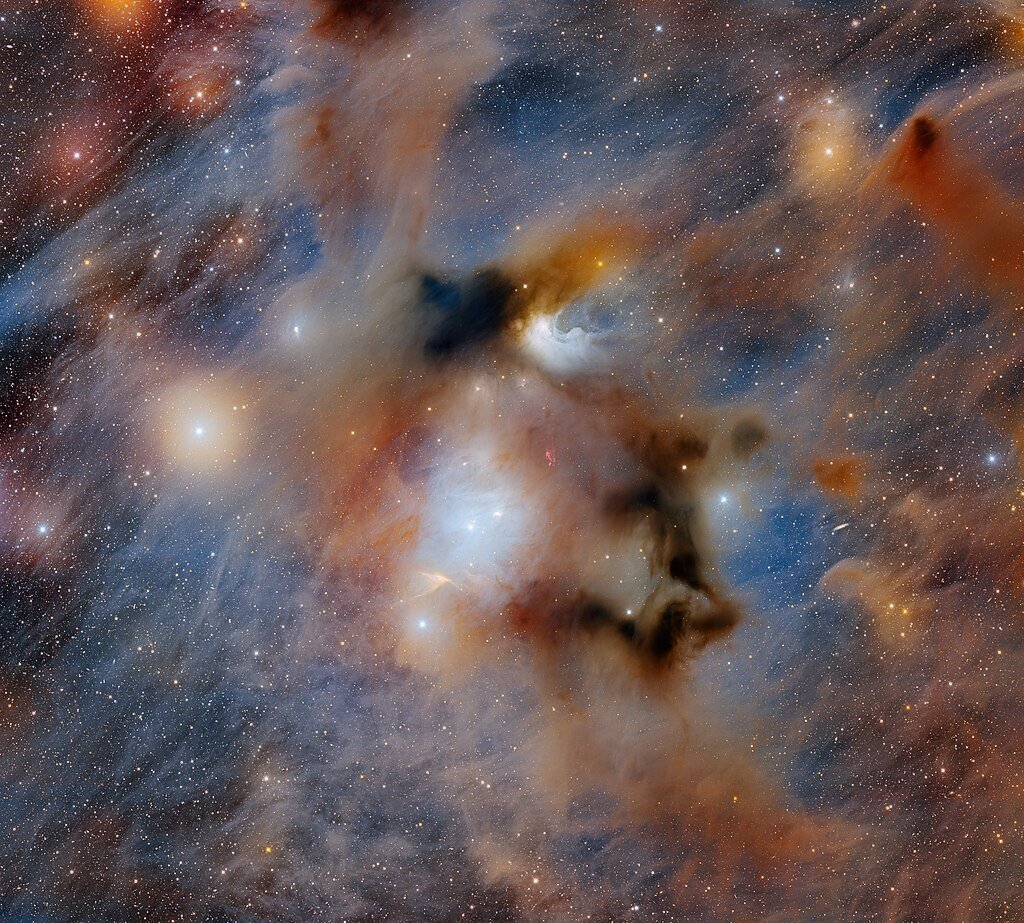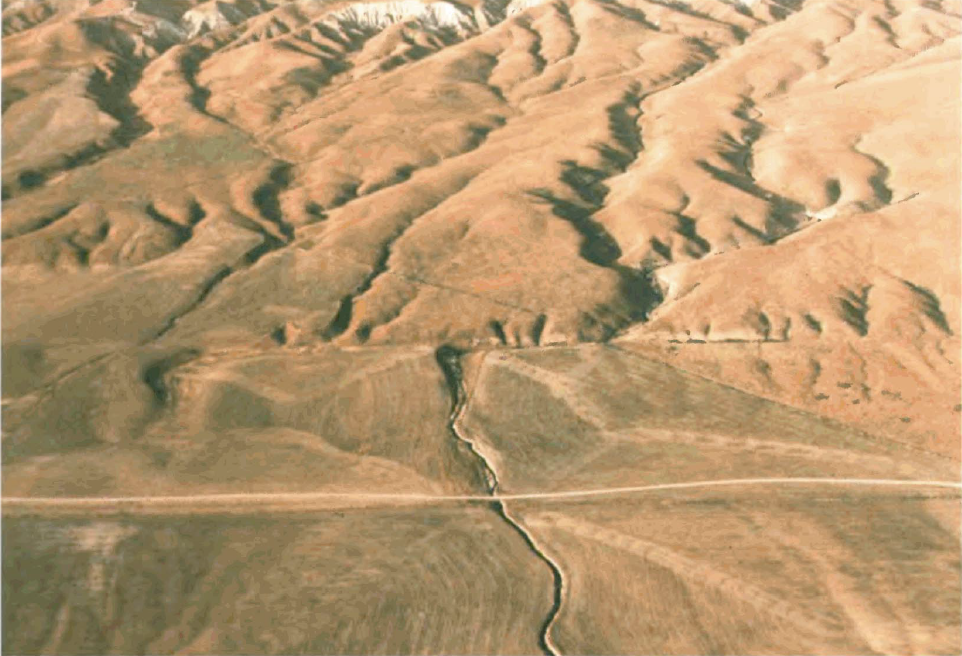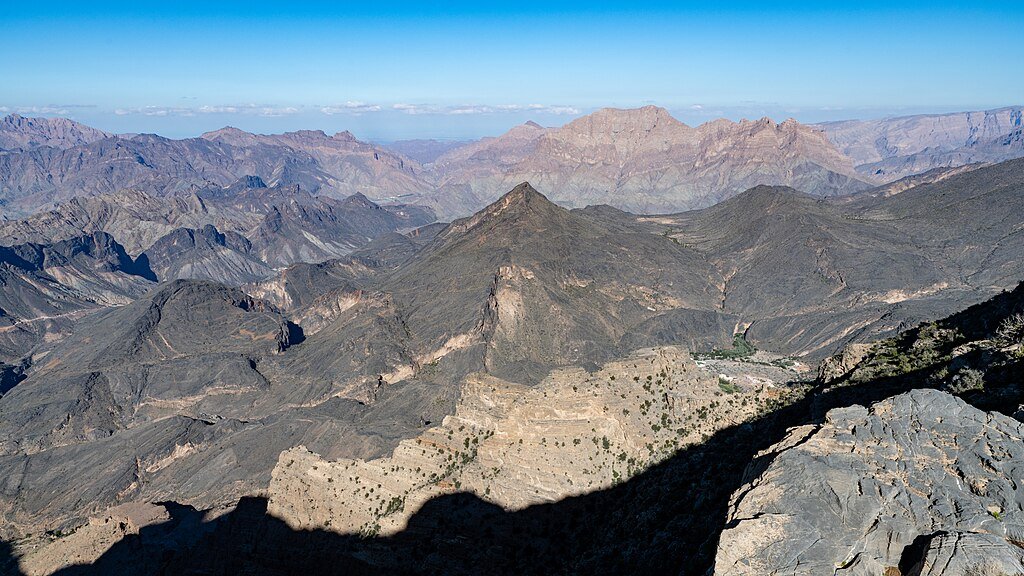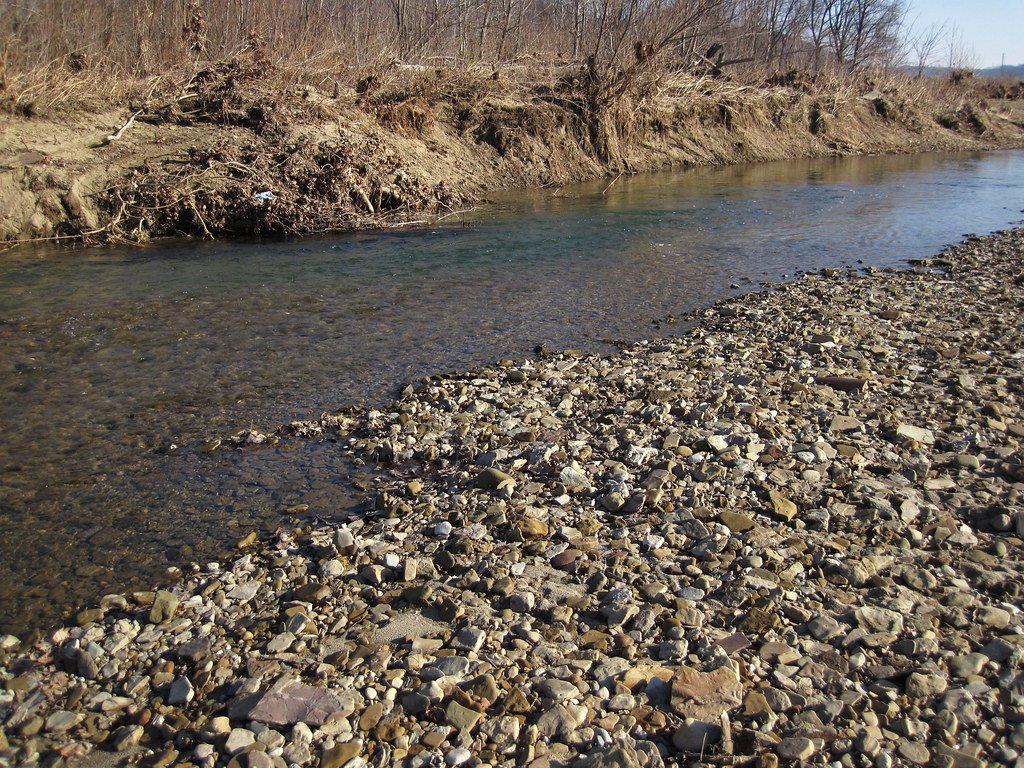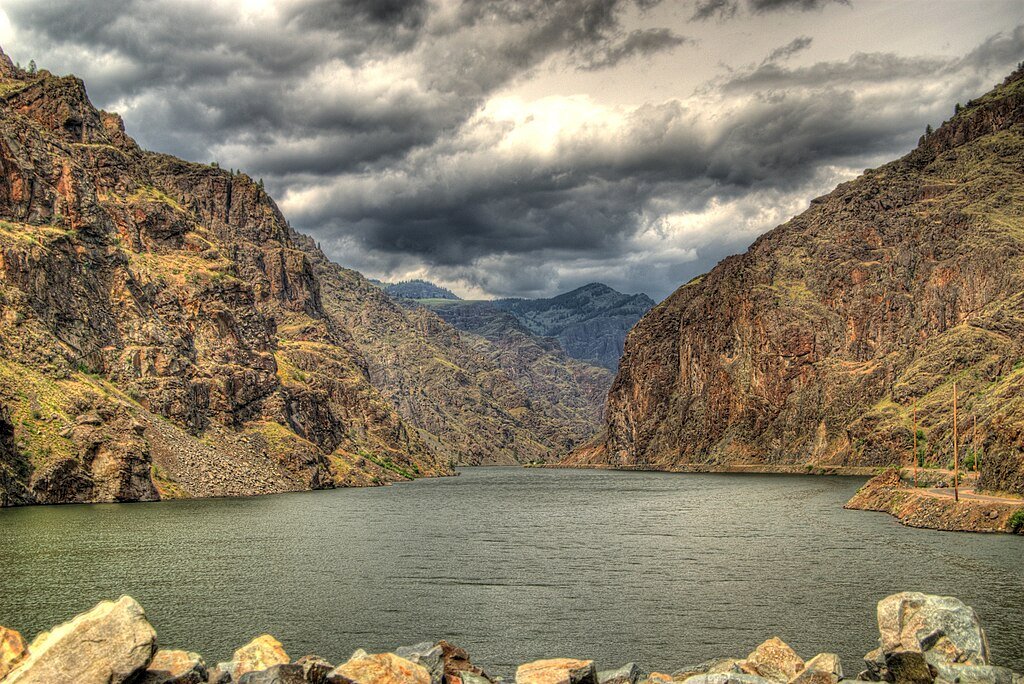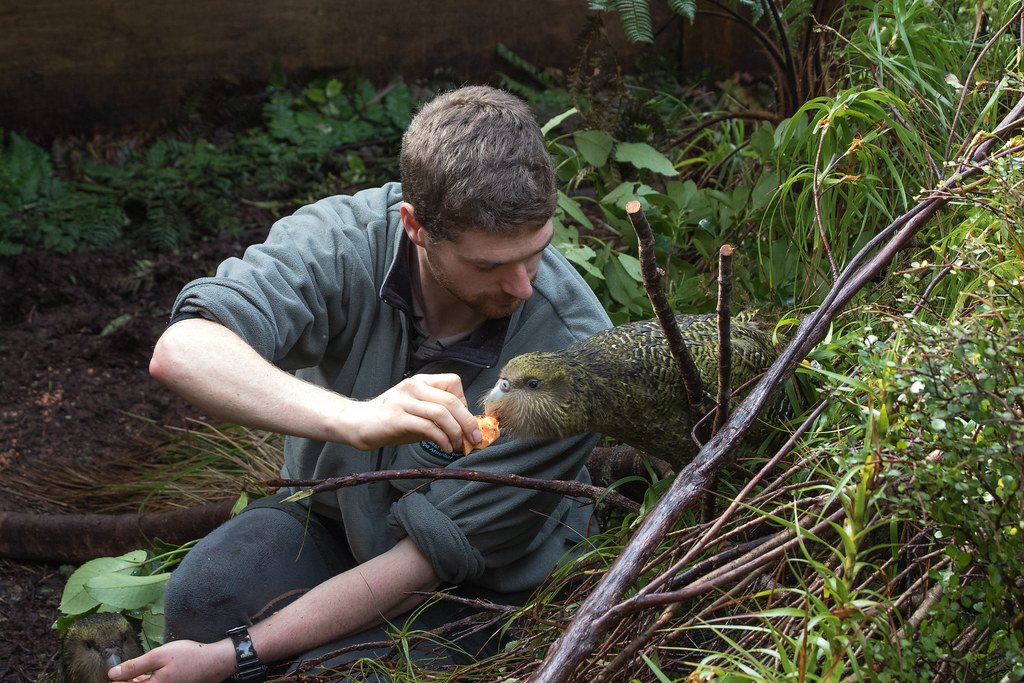Sea Creatures With the Most Extreme Breath-Holding Abilities
It is amazing that some animals can stay underwater for hours or even months without breathing, even though their bodies are not designed to do so. Fish get oxygen from water through their gills, but marine animals that breathe air need to make amazing changes to their bodies and behavior to live in the deep. ...


